Associação Pousio – arte e cultura promoted an artistic residency in the town of Cachopo, Tavira, in the diocese of Algarve, with the aim of bringing artists and communities further away from urban centers closer.
«The aim of the residency was to bring artists who are used to working in Lisbon, in cities, and take them outside the cities, to the countryside, and start seeing new things, get inspired by new themes, and absorb the calm of the countryside and its beauty», explains José Sottomayor, from Pousio, responsible for the residency that took four artists, for 15 days, to stay in the Algarve for XNUMX days.
The artistic residency took place in Cachopo for the second time and sought, in addition to the artistic creation time given to each of the participants, to bring the population, which is older, closer to the young artists who were there.
«The first time we came, it turned out very well and I think it was because this land, the people who make this land, are very eager to talk, to be and so are we and we came here to be, first and then we had the work artistic to produce», suggests José Sottomayor, plastic artist.
Ana Vala, visual artist, underlines the opportunity of the time they spent there, in contact with the population, in unannounced evenings where they exchanged impressions about the work and inspirations of each one, but also for the beauty she found in the place she didn't know.
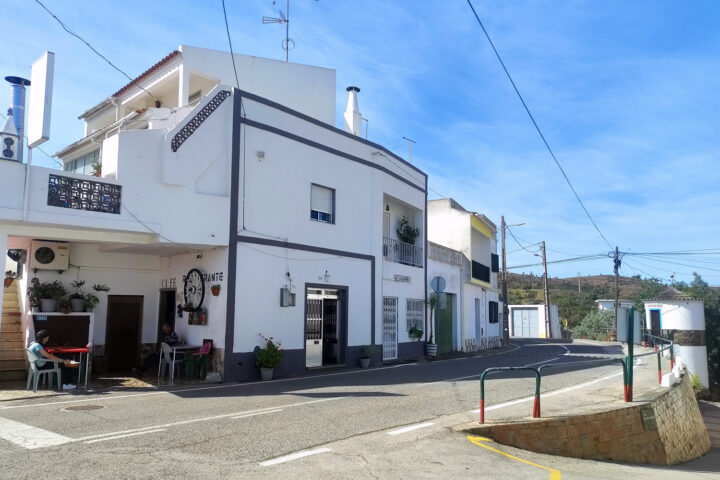
“The nature part is the first thing that captures attention: lots of flowers, lots of colors, lots of shades of green. We were lucky to be at this time of year, everything is flourishing and so are the people: the people are incredible, all very generous and the project had that more social dimension and contact between us and the population», he says.
Among the four artists is Rafael Raposo Pires, a visual artist who focused on space and the walks that the region invites to take.
«I feel that it is a dry environment, not so much arid, but it is an environment that is difficult to coexist with this heat, and this landscape that is sometimes very similar. We have to walk for half an hour and the landscape is identical, there is a repetition. I've been doing some performances filmed with stones mainly, in which I'm trying to explore the weight or mass of the stone, the temporal issue of grabbing the stone, in relation to space, with the camera and doing some experiments of this kind», he says.
For the visual artist, art «can also be fun» and it was from the distance of space that, from an idea initially thought, it was adapted to the time and context of Cachopo.
Mónica Coelho, in love with structures, had an idea to develop during the 15 days, but when she came across an object, now rusty, which was once used to display newspapers for sale, she left the initial project and wanted to give «a new life » to something rusted by time.
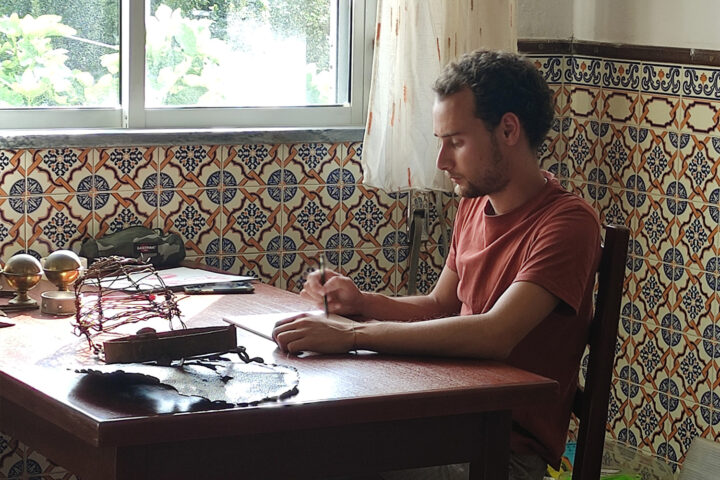
«This structure, hanging for a long time, no longer sells newspapers. I started thinking about it and collecting words and things that have to do with the idea of ruin, of something that is no longer used, and how this land survives without newspapers, which is something that never crossed my mind. I'm starting to go more to that side of understanding how much this is needed here or not, and understanding the history of the piece», he explains.
The plastic artist values the time they spend with the population, visiting elderly people in isolated houses and getting to know a way of life far from their own, essentially urban.
“I feel that just being here is important. They recognize that bringing people here is important, because they know that we are going to take their story abroad”, she notes.
Ana Vala speaks of the residency as a «process» in which the important thing is to absorb what she lived there and then «discover other things and materialize other ideas».
José Sottomayor remembers that the residency is made by each of the participants and will be what each one takes from those days, even if it doesn't measure up in projects carried out.
«It is very important to be, to stop, to reflect, to see, to have time, it is very important to have time, or to give time. That's what we give here: to the land, to the people, sometimes it's just a little bit, sometimes it's a little more, on the street when we pass someone, when we sit in the place where everyone is, at home when we are talking to the users. It is very important and for the artistic process it is very important », he explains.
The report «The mountains and the time of art» will be broadcast on Sunday, the 19th, at 17:30 pm, on RTP2.
Photos: Ecclesia Agency
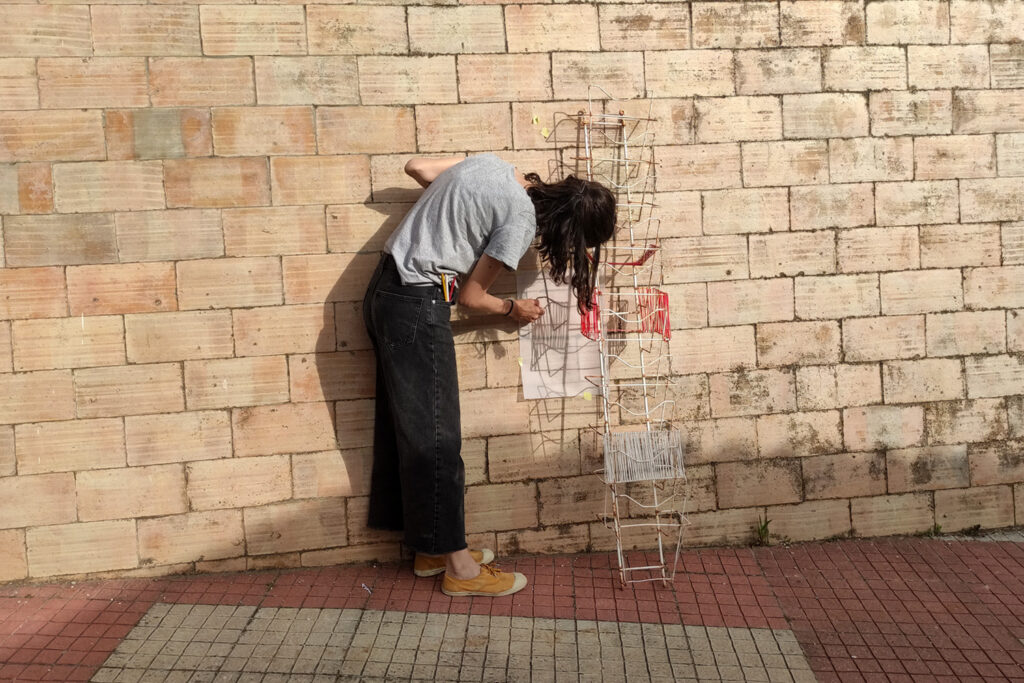
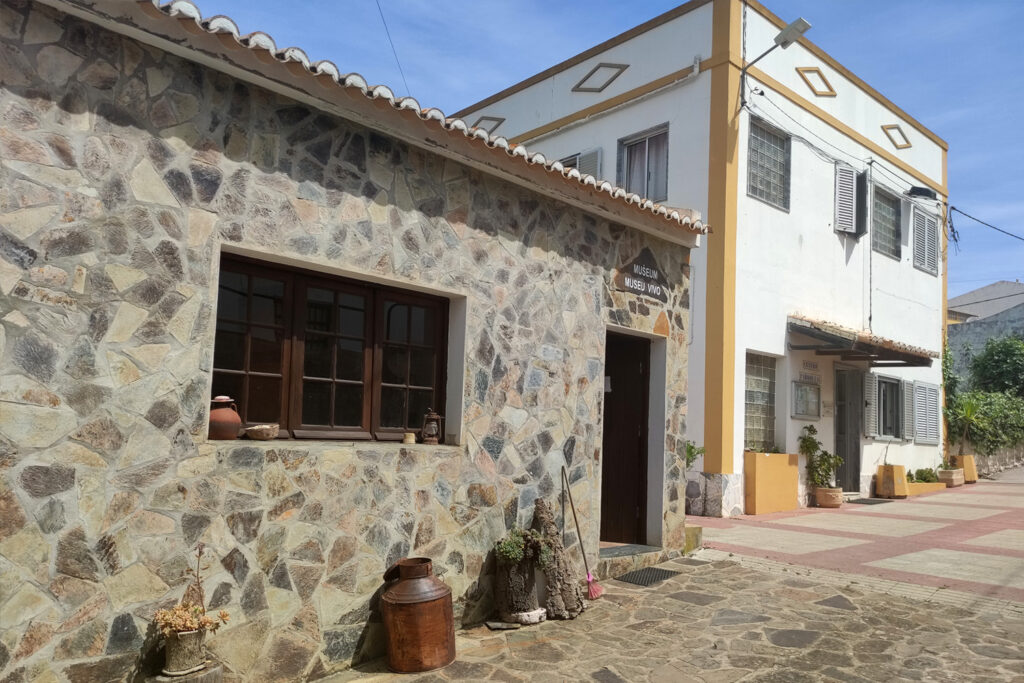
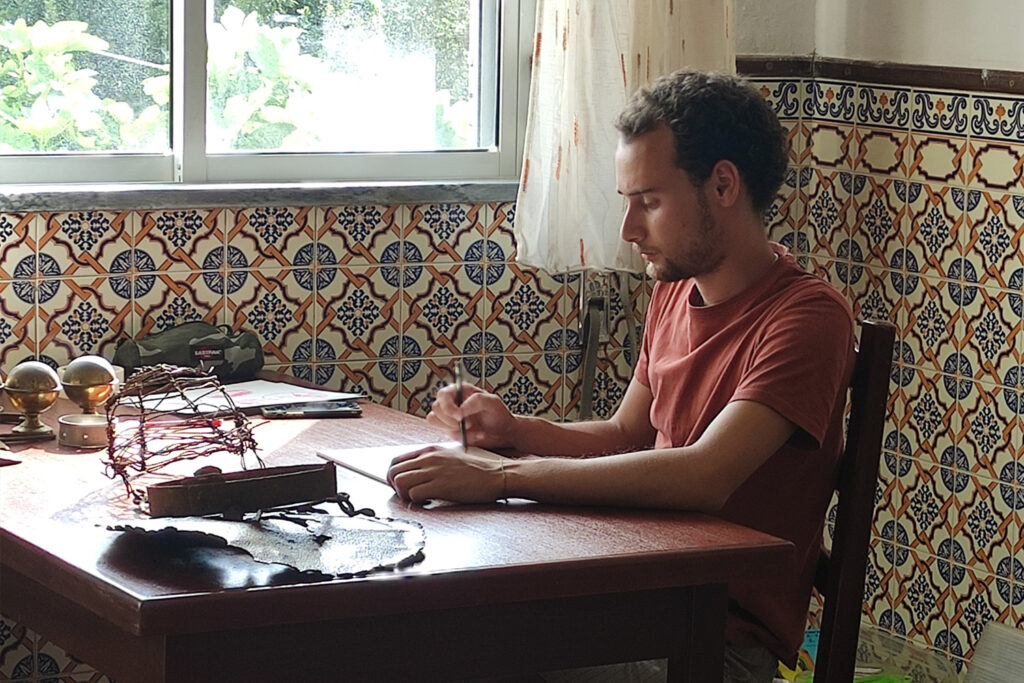
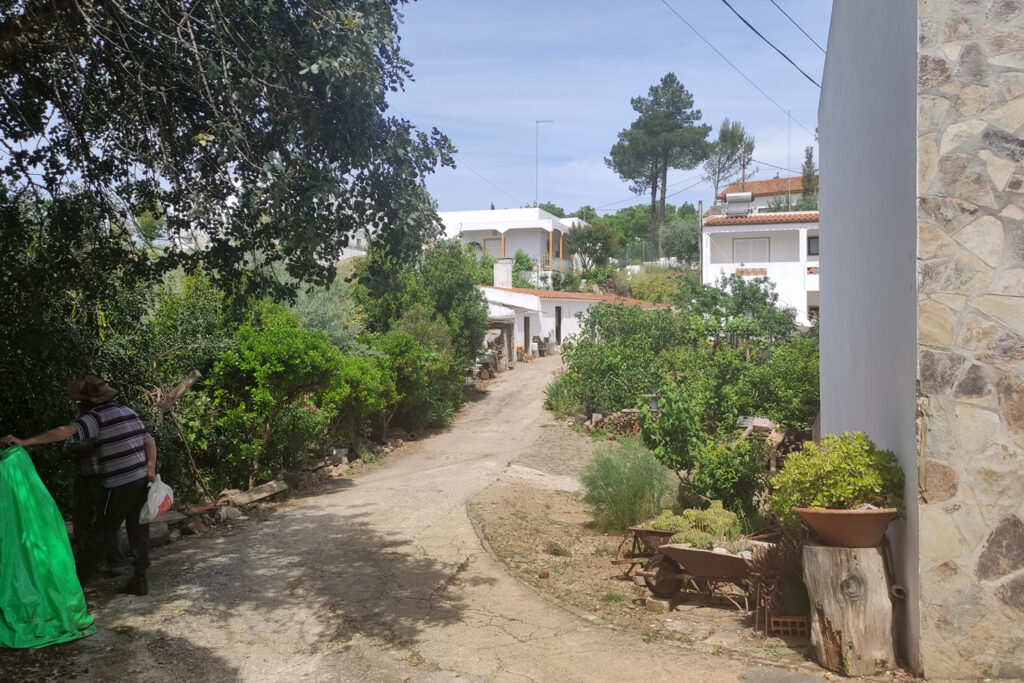
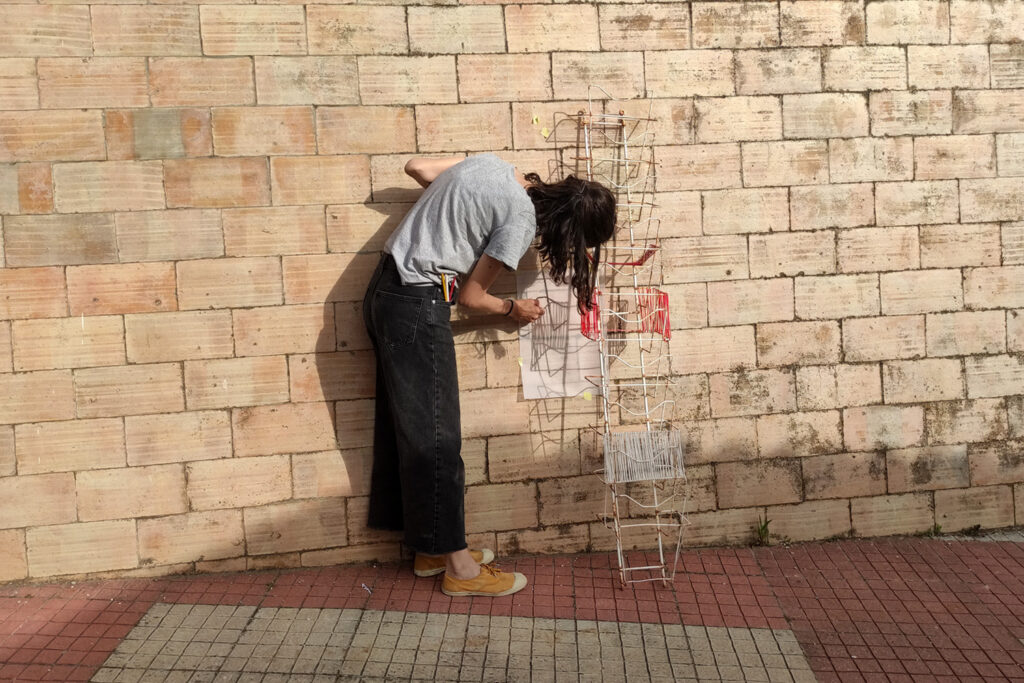
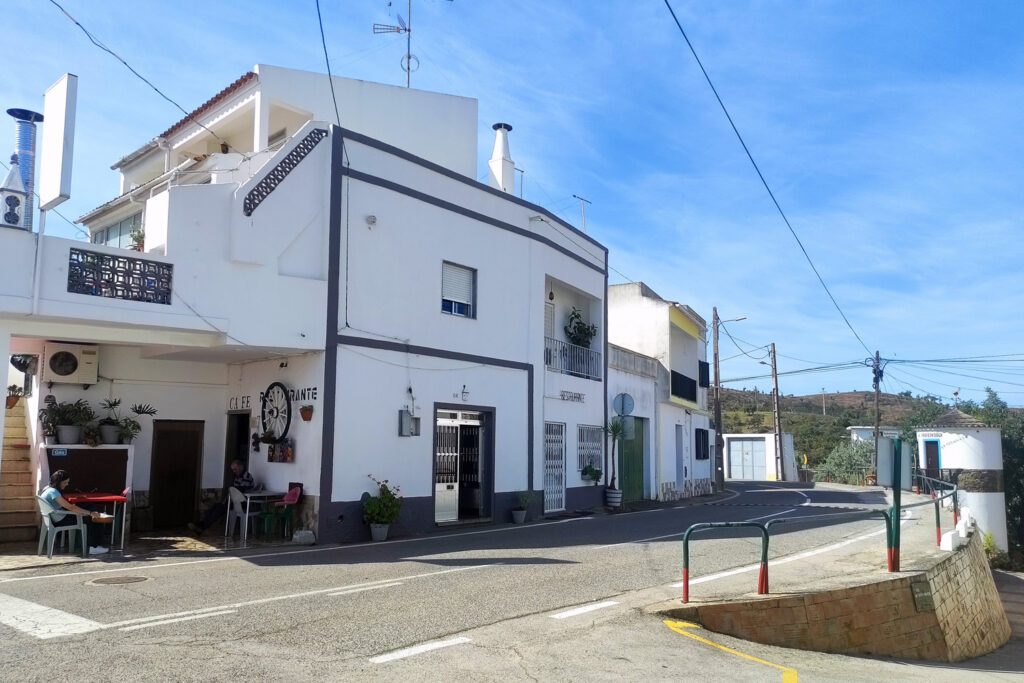
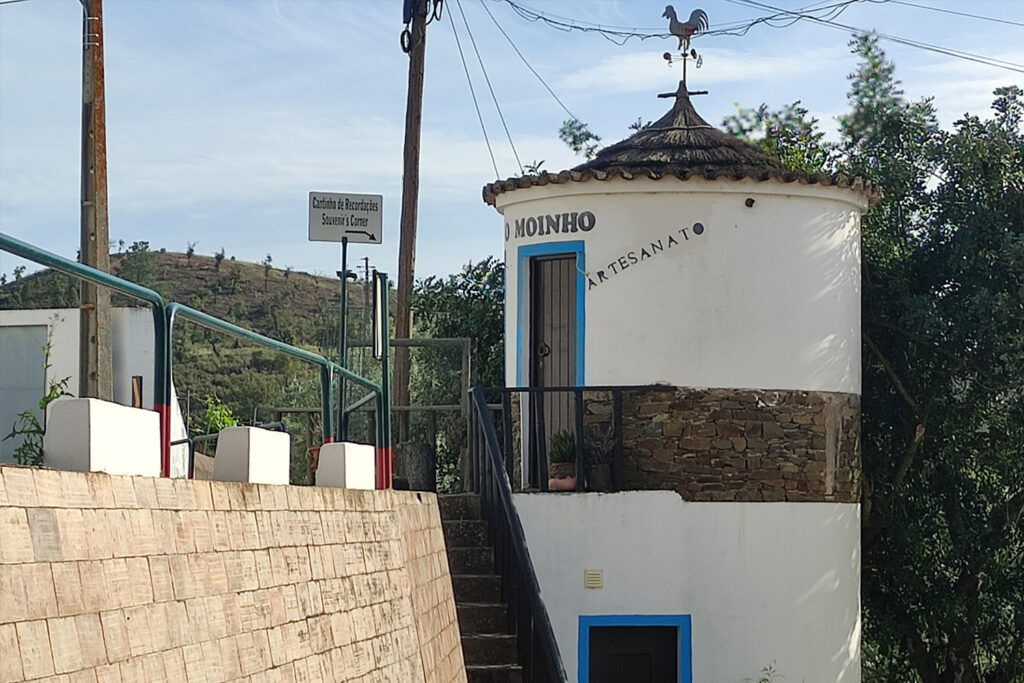
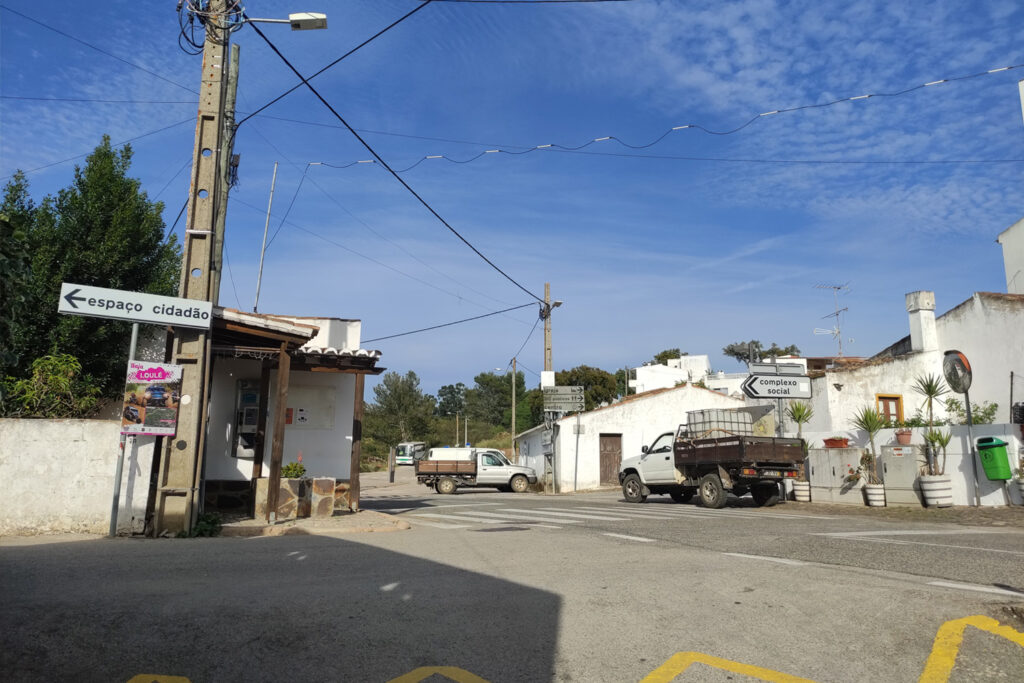
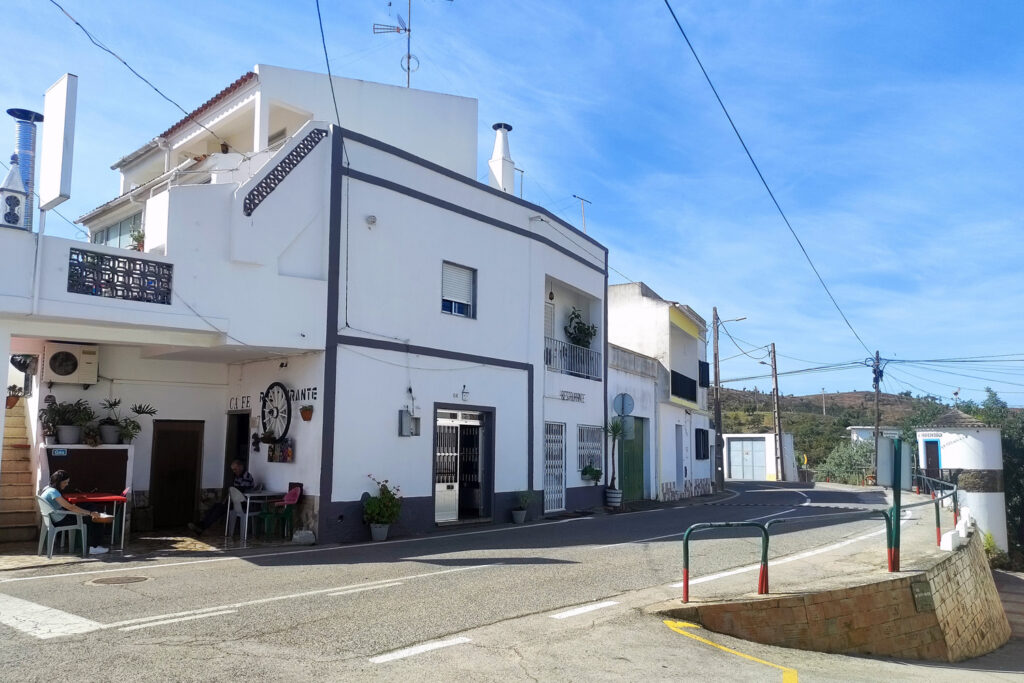
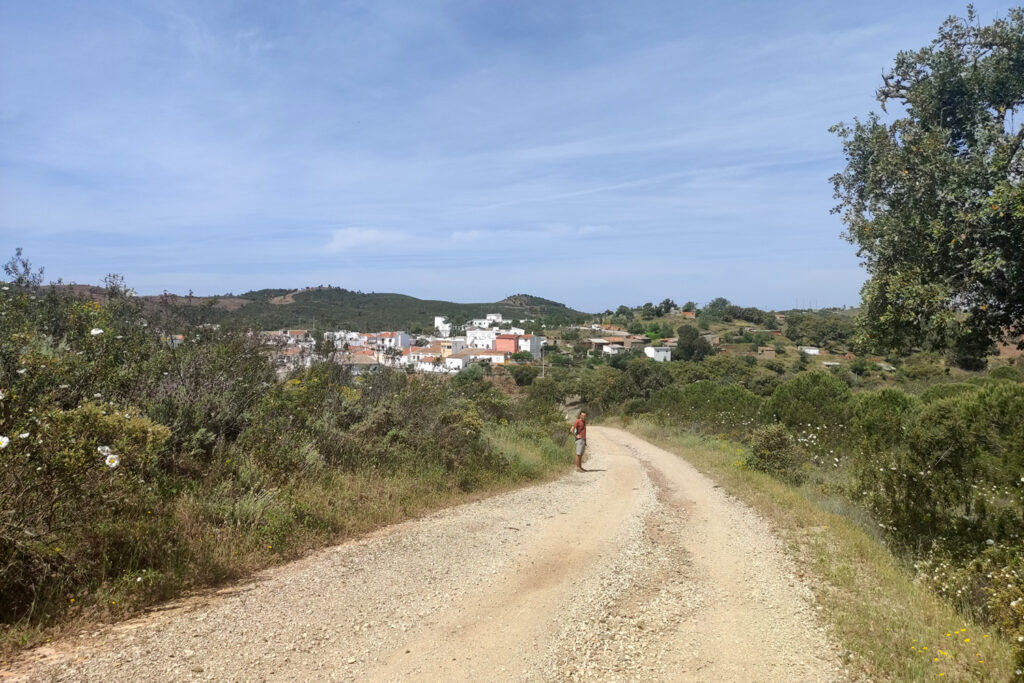


















Comments